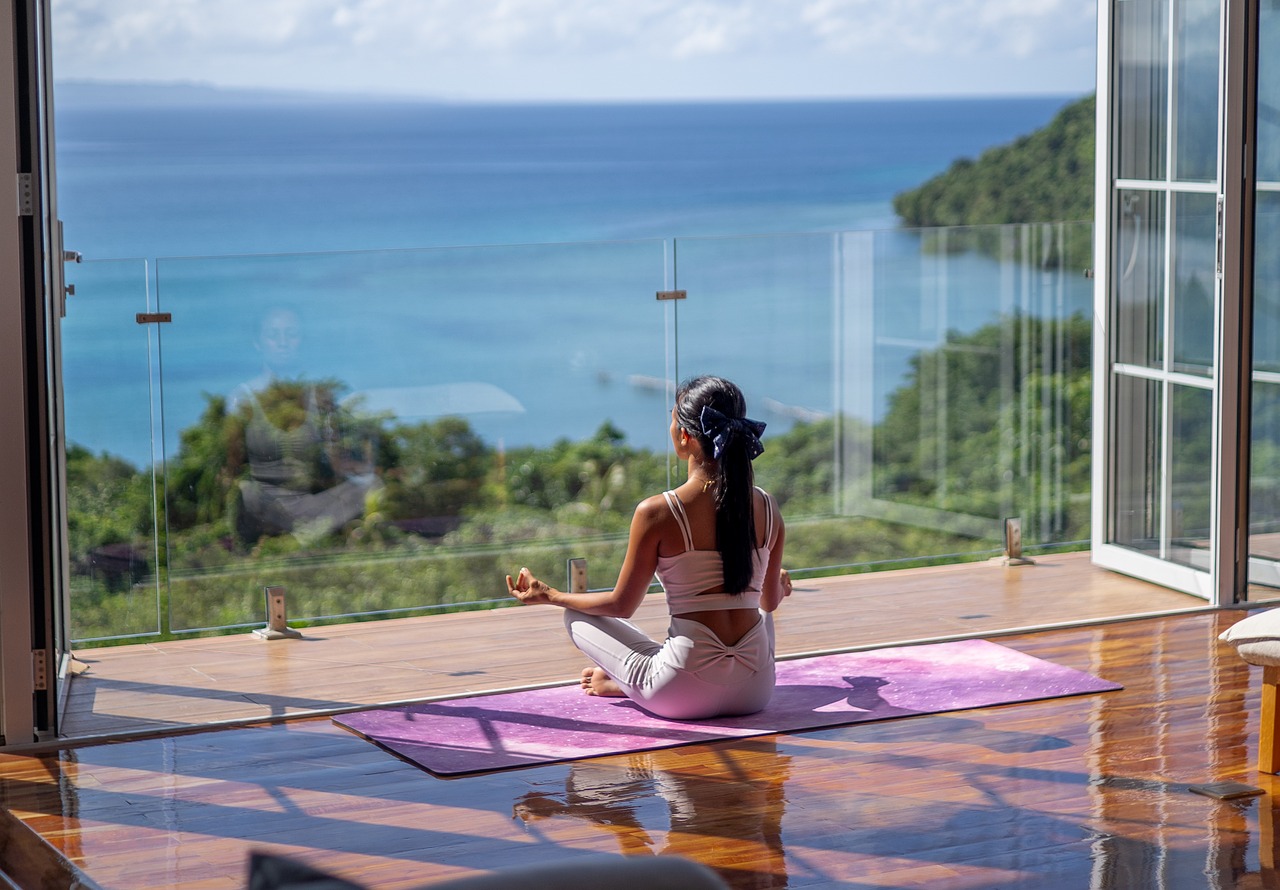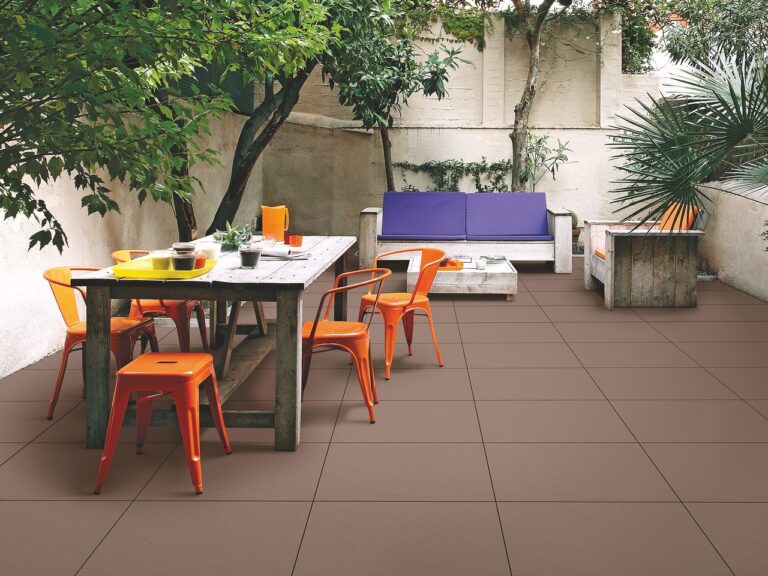Designing an Energy-Efficient Passive Solar Home
Passive solar design focuses on maximizing the utilization of natural sunlight and heat to enhance the energy efficiency of a building. By strategically placing windows and skylights to capture sunlight during the winter and shading them to reduce heat gain in the summer, passive solar design can significantly reduce the reliance on artificial heating and cooling systems. Additionally, incorporating thermal mass materials like concrete or brick into the building’s structure can help store and distribute heat effectively, contributing to a more comfortable indoor environment throughout the year.
Another key principle of passive solar design is the importance of proper insulation to minimize heat loss in the colder months and heat gain in the warmer months. By carefully selecting insulation materials and ensuring a well-sealed building envelope, heat transfer through conduction and air leakage can be significantly reduced, improving overall energy efficiency. Furthermore, optimizing the orientation of the building according to the sun’s path and local climatic conditions plays a crucial role in maximizing solar heat gain and minimizing unnecessary heat loss, ultimately leading to a more sustainable and cost-effective building design.
• Proper placement of windows and skylights to maximize sunlight in winter and shade in summer
• Use of thermal mass materials like concrete or brick for effective heat storage
• Importance of proper insulation to minimize heat loss and gain
• Optimizing building orientation based on sun’s path and local climate conditions
Understanding Solar Orientation and Site Analysis
Solar orientation refers to the proper positioning of a building in relation to the sun. By analyzing the path of the sun throughout the day and year, architects and designers can optimize natural light and heat gain within a structure. Understanding the solar orientation of a site is crucial for passive solar design, as it allows for the strategic placement of windows, overhangs, and other design elements to maximize daylighting and minimize heat loss.
Site analysis, on the other hand, involves studying the specific characteristics of a location to determine how they can impact the building’s energy performance. Factors such as topography, prevailing winds, vegetation, and nearby structures all play a role in shaping the microclimate of a site. By conducting a thorough site analysis, designers can identify opportunities to harness natural resources, such as solar heat gain and natural ventilation, while also mitigating potential challenges, such as excessive solar heat gain or wind exposure.
Optimizing Building Envelope for Energy Efficiency
Passive solar design relies on maximizing natural sources of heating and cooling to enhance energy efficiency. One crucial aspect of this approach is optimizing the building envelope, which includes elements such as walls, roofs, windows, and insulation. By strategically designing and constructing these components, passive solar design can significantly reduce the reliance on artificial heating and cooling systems.
A well-designed building envelope plays a key role in controlling heat transfer within a structure. Insulation, for example, helps to minimize heat loss in colder months and restrict heat gain during warmer periods. Furthermore, proper placement of windows and shading devices can regulate solar gain, reducing the need for mechanical cooling. When considering energy efficiency in building design, the building envelope should be a primary focus for maximizing the benefits of passive solar principles.
What are the key principles of passive solar design?
The key principles of passive solar design include optimizing solar orientation, maximizing natural daylight, minimizing heat loss and gain, and using thermal mass to store heat.
How can I understand solar orientation and conduct a site analysis?
To understand solar orientation, you can analyze the path of the sun throughout the day and year. A site analysis involves assessing factors such as shading, prevailing winds, and nearby obstructions that may impact the building’s energy efficiency.
What are some ways to optimize the building envelope for energy efficiency?
Some ways to optimize the building envelope for energy efficiency include using high-performance windows, proper insulation, air sealing, and strategic shading elements to minimize heat gain in the summer and maximize heat gain in the winter.







